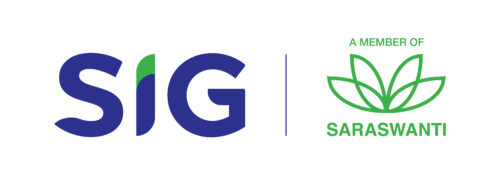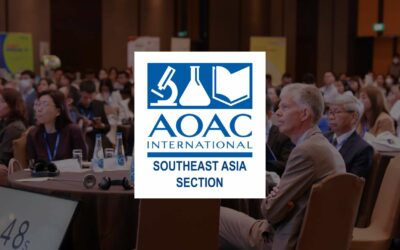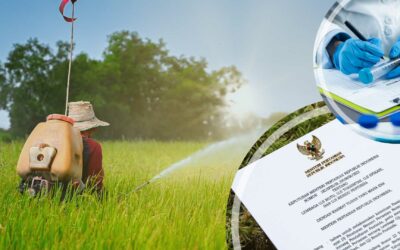Senyawa Anti Air
Asam perfluorooctanoic (PFOA) dan asam perfluorooctanesulfonic (PFOS) adalah kelompok fluorosurfaktan yang digunakan untuk produk anti noda dan anti air. Kedua senyawa fluorosurfaktan sangat persisten di lingkungan dan tahan terhadap proses degradasi lingkungan yang khas sehingga dikategorikan sebagai polutan organik persisten (POPs) dalam Konvensi Stockholm. Karena sifatnya yang beracun dan persisten, penggunaan PFOA dan PFOS dalam produk tekstil dipantau dalam peraturan nasional dan internasional.
Di Indonesia, penggunaan PFOA dan PFOS diatur dalam Peraturan Menteri Perdagangan No. 18 2019 masing-masing maksimal 0,1 g/m22 pada tekstil. Hal yang sama juga diatur dalam standar internasional Standard 100 oleh Oeko-Tex®️ , penggunaan PFOA dan PFOS harus kurang dari 0,1 g/m22
Bagaimana SIG dapat membantu
SIG dapat melakukan pengujian analisis kadar PFOA dan PFOS dalam produk tekstil untuk membantu Anda dalam mematuhi peraturan mengenai kandungan PFOA dan PFOS.
Metode Analisis
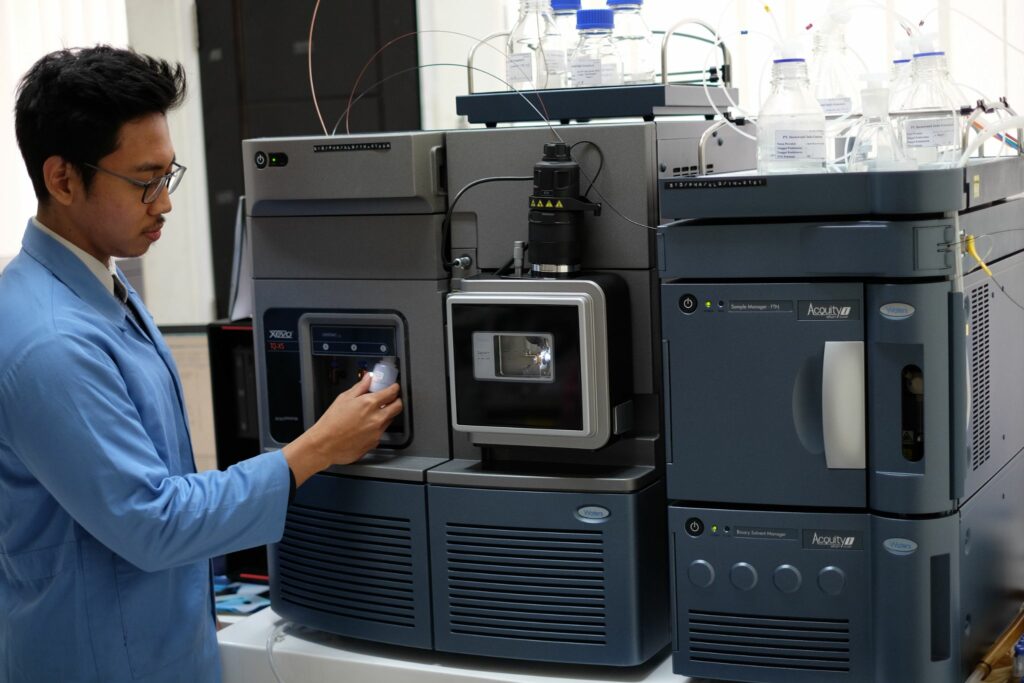
Metode LC-MSMS yang SIG tawarkan adalah metode untuk menentukan kadar PFOA dan PFOS dalam sampel tekstil.
Berita dan Informasi
Aktif Terlibat Dalam Forum Internasional: SIG Resmi Menjadi Bagian AOAC Southeast Asia
SIG telah meraih keanggotaan resmi dalam AOAC Southeast Asia (AOAC SEA). Langkah ini menandai komitmen SIG dalam mendukung perkembangan ilmu analisis dan pengujian ilmiah di wilayah Asia Tenggara. AOAC SEA adalah bagian dari AOAC Internasional yang merupakan sebuah organisasi global...
SIG Resmi Memperoleh Penunjukan dari KEMENTAN, Penuhi Kebutuhan Uji Mutu, Khasiat, dan Keamanan Pestisida
Pemanfaatan teknologi pengujian dan terdepan dalam pengembangan riset studi toksisitas, SIG berdasar Keputusan Menteri Pertanian RI No. 282 Tahun 2023 Sukses melengkapi penunjukannya sebagai lembaga uji...
SIG Gandeng Triskelion-Belanda: Membuka Peluang UKM Memasuki Pasar Eropa
SIG adalah laboratorium pengujian mutu dan keamanan produk terakreditasi ISO 17025 yang telah berpengalaman lebih dari satu dekade di dunia penelitian. Sejalan dengan semangat menjadi agen pendukung terciptanya dunia yang lebih aman #towardsasaferworld dan berperan aktif...
SIG Laboratory
Graha SIG, Jl Rasamala No. 20, Taman Yasmin, Bogor, Jawa Barat 16113.
Phone. +62 251 7532 348
WhatsApp. +62 82 111 516 516
Email. marketing-sig@saraswanti.com
SIG Jakarta
Jl. Percetakan Negara No. 52 B RT 006 / RW 001, Rawasari, Cempaka Putih, Jakarta Pusat 10570.
Phone. +62 21 2147 9292
SIG Surabaya
AMG Tower, 12th Floor, Jl. Dukuh Menanggal 1-A, Gayungan, Surabaya, Jawa Timur, 60234.
Phone. +62 31 8253 1288
WhatsApp. +62 818 885 165
Email. marketing@sigsurabaya.com
SIG Semarang
Jl. Kanfer Raya Blok R No. 4 Pedalangan, Kec. Banyumanik, Kota Semarang, Jawa Tengah 50268.
Phone. +62 24 7004 0541
WhatsApp. +62 812 9000 5165
Email. cs.sigsmg@saraswanti.com
SIG Medan
Jl. Bunga Asoka, Ruko Komp. Asoka Raya Residance No. 1, Medan Selayang, Sumatera Utara 20133,
WhatsApp. +62 822 7207 9665
Email. salesmedan.sig@saraswanti.com
SIG Yogyakarta
WhatsApp. +62 896 4856 9422
Email. arifin.sig@saraswanti.com
SIG Makassar
WhatsApp. +62 853 3843 9816
Email. anwar@sigsurabaya.com
Jam Operasional
Senin sd Jumat
08.00 - 17.00 WIB.

FOLLOW KAMI
